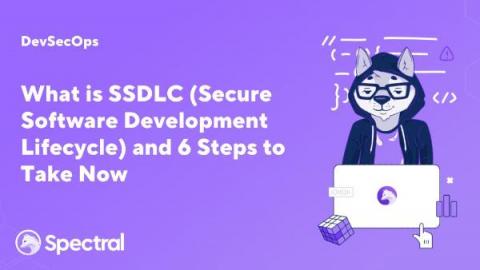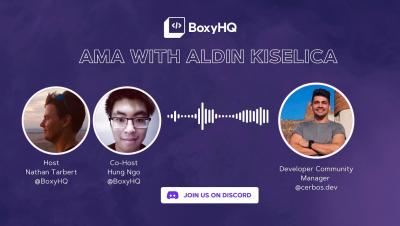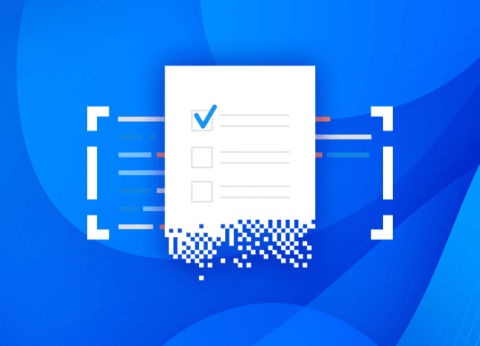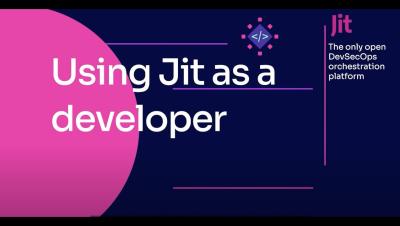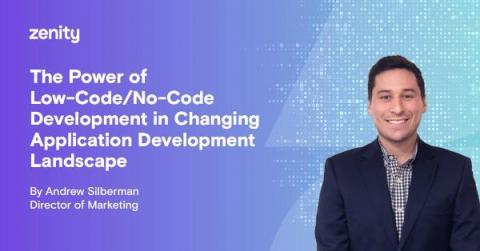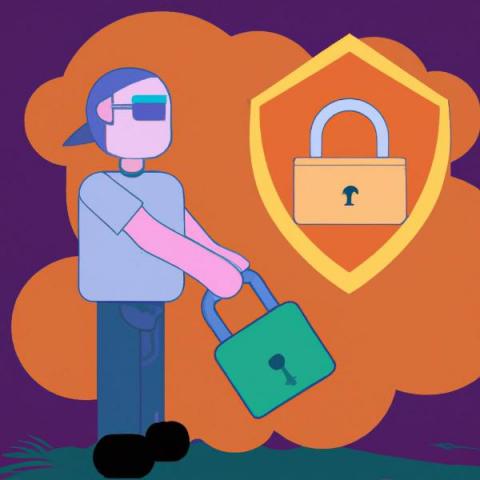What is SSDLC (Secure Software Development Lifecycle) and 6 Steps to Take Now
The pressure to ship software faster to meet market demands is compromising security in a big way. As cyber criminals find ways to use the glaring disconnect between developers and security policies, companies consider security a necessity rather than a compliance measure. As a result, 2022 studies show that 68% of companies are shifting towards security and making developers share responsibility for a secure software development lifecycle.


